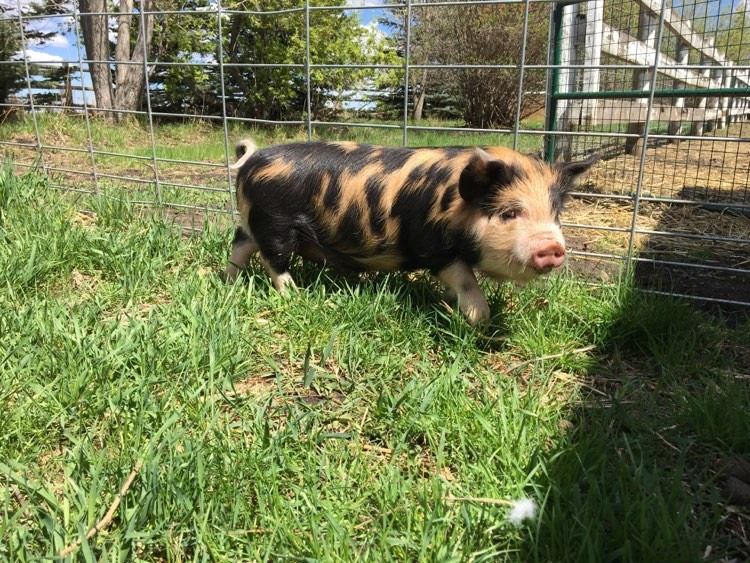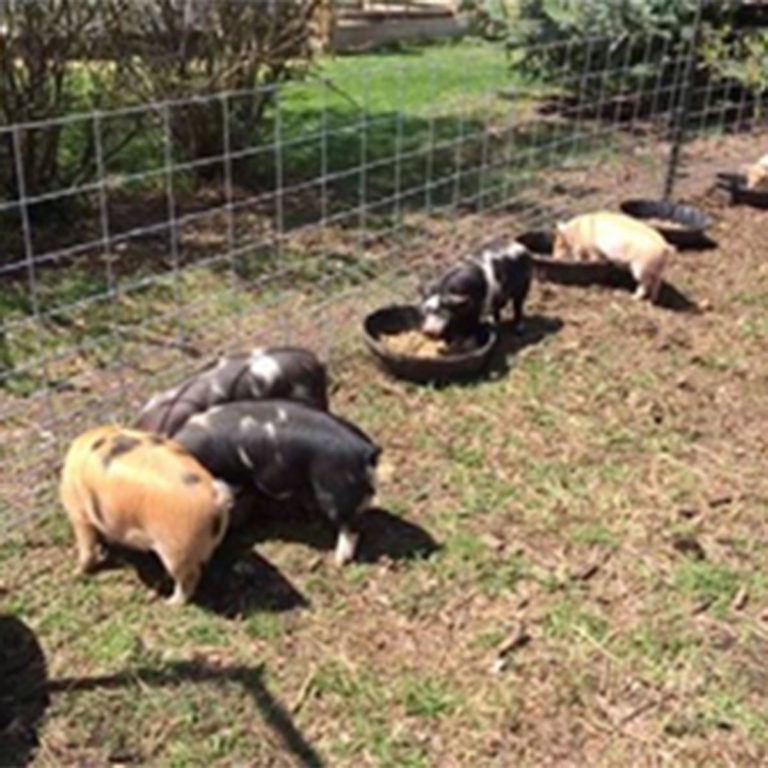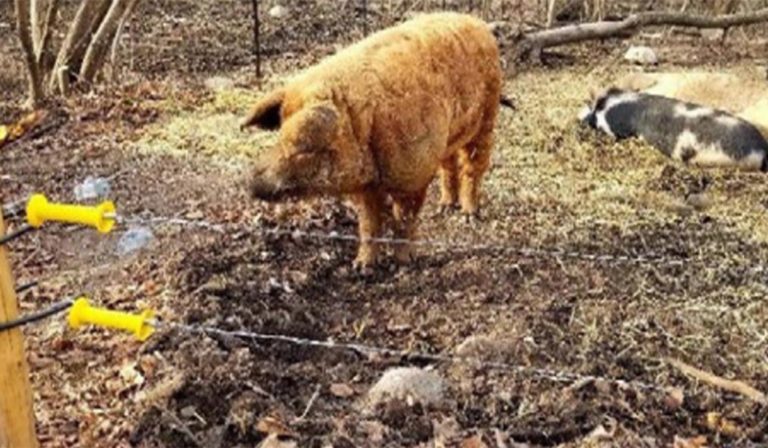Fencing is one of the most important factors in raising pigs and it’s important that they are properly constructed prior to brining your first pigs home. Fencing provides a barrier to keep pigs within a specific area, in addition to keeping predators and unwanted visitors out. Pigs are curious by nature and will root or dig under a fence that is not properly designed.
The following are helpful tips in building a pig proof fence.
- Give strong consideration to your fencing options prior to bringing pigs home, as pigs can be escape artists. Escaped pigs can form wild populations that heighten other pig farms’ disease risk.
- Avoid using treated wood as it contains chemicals that, if ingested by the pigs, can contaminate their meat.
- Ensure perimeter fencing is properly designed, constructed, and maintained. Doing this will make your experience in raising pigs more enjoyable.
- Monitor and maintain fences, specifically looking for weak spots when using page wire, wood, or mesh fences.
- Ensure proper grounding of electric fences to avoid electrical shorts.
- If using an electric fence for your pens, it is recommended to also have an permanent (non-electric) outer perimeter fence to protect your pigs from predators and other wildlife.
- Double-layered fencing, such as electric fenced pens within a larger perimeter fence, can also help prevent nose-to-nose contact with wildlife that can put your pigs at risk of contracting a disease.
Perimeter Fencing
- Fencing material includes wire mesh (page wire), high tensile (13.5 gauge) wire, panels, and wood.
- Fences should be at least 4 feet in height above ground and buried at least 1 foot below ground.
- Posts should be 3” to 5” in diameter and at least 5 feet in length. Space posts at most 15 to 18 feet apart.
- Ensure paddocks have good gate access — this facilitates handling and moving pigs.
- Consider double fencing. Fences should be placed at least 2 to 3 feet apart. This reduces predation and limits nose-to-nose contact with wildlife.
Electric Fencing
- Not recommended as the only type of perimeter fencing.
- Use inside existing perimeter fencing.
- Use one or two strands of electric wire, 6” and 12” off the ground.
- This prevents pigs from rooting under the fence.
- Can be used for temporary fencing within a paddock.
- Training is required
- To train pigs, place the electric fence in front of solid fencing. When pigs encounter it and get shocked, the solid fence will prevent them from bolting forward out of the pen.






